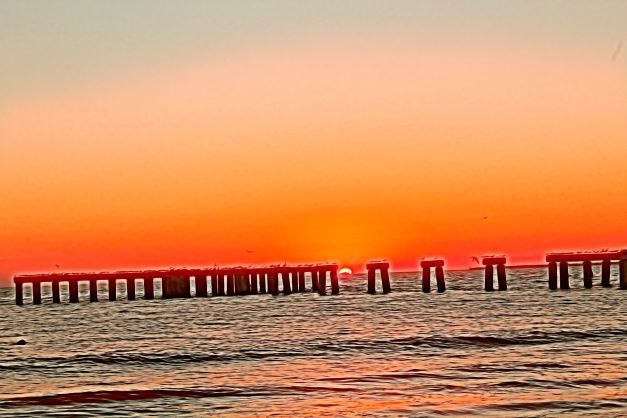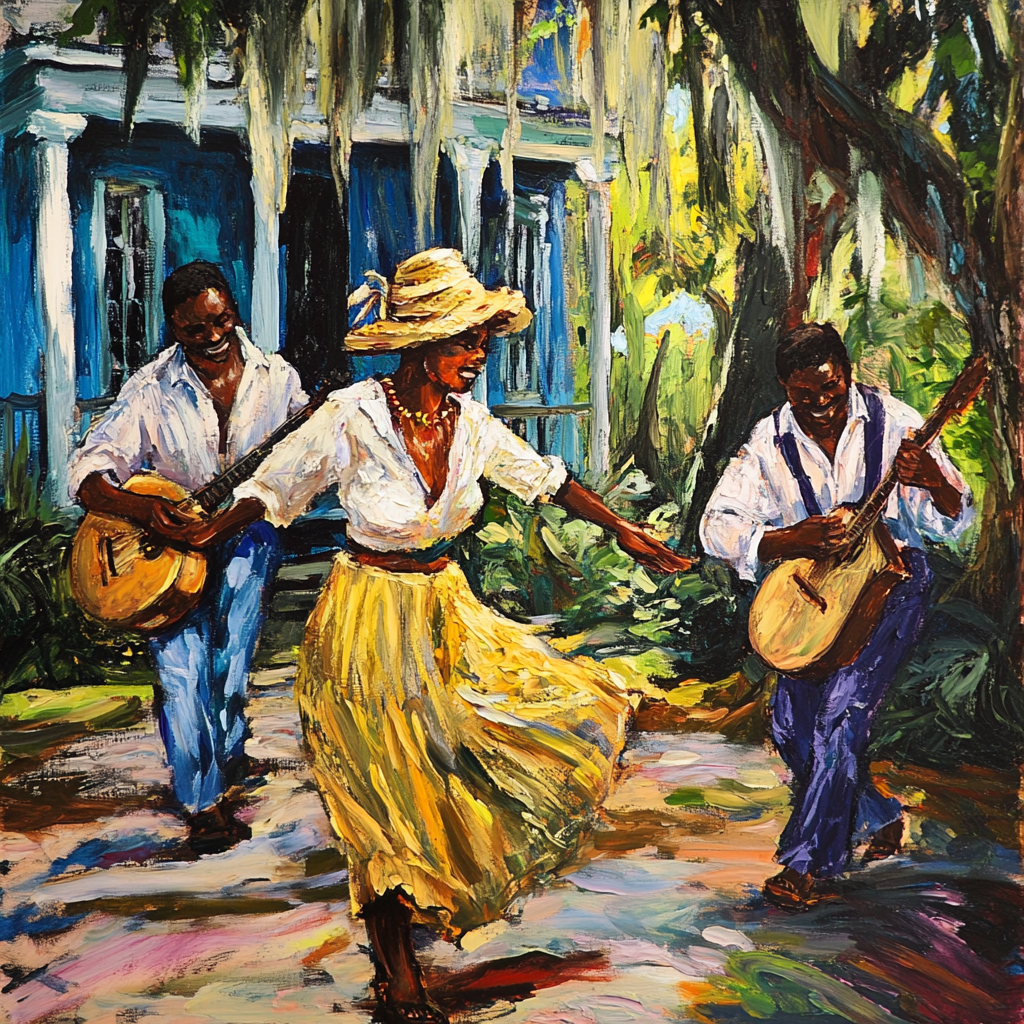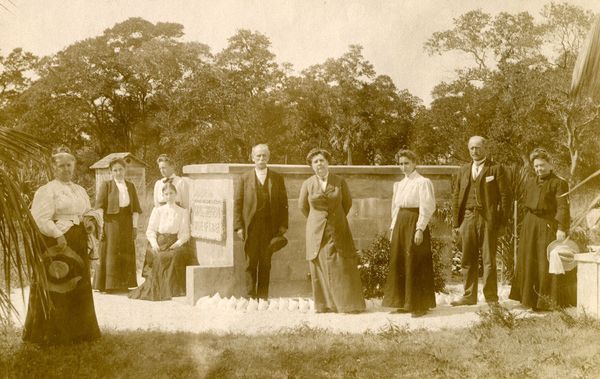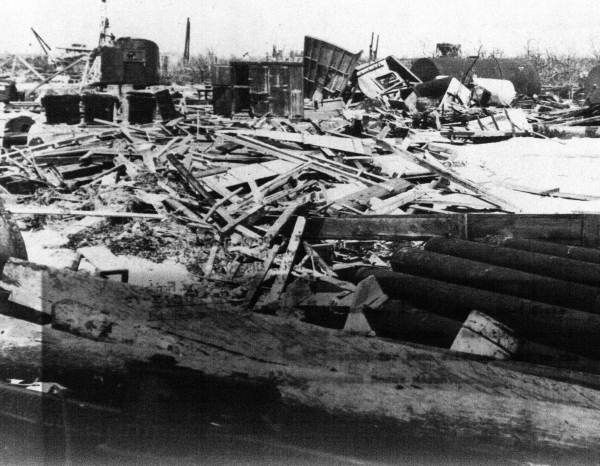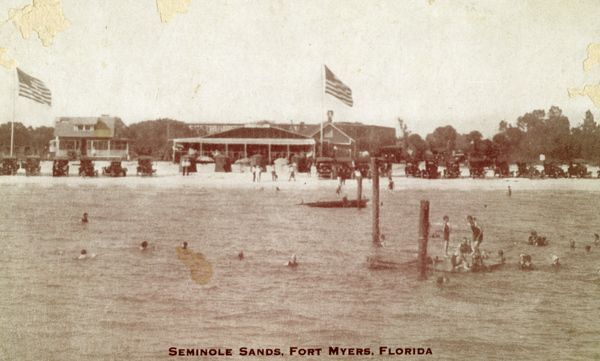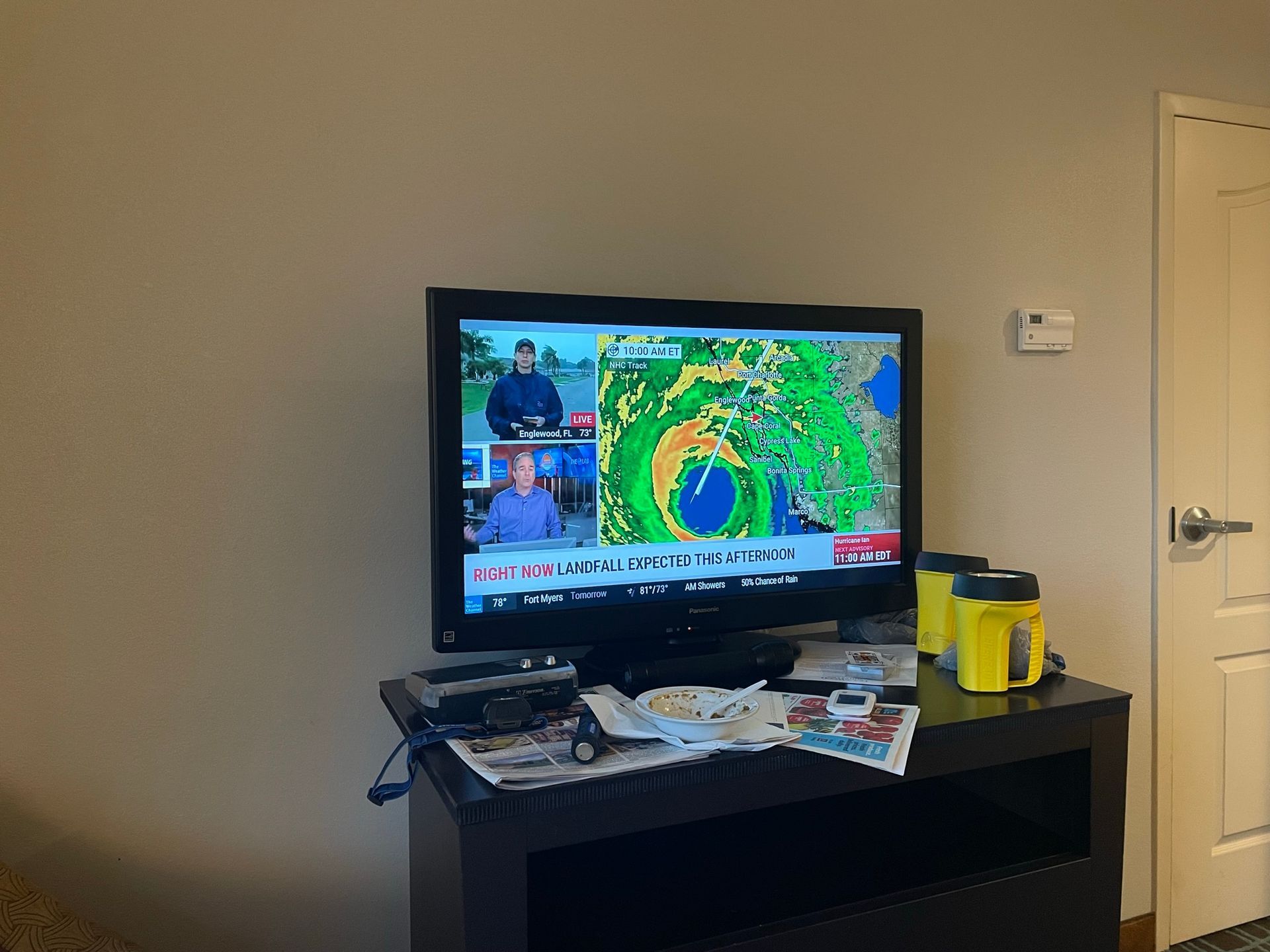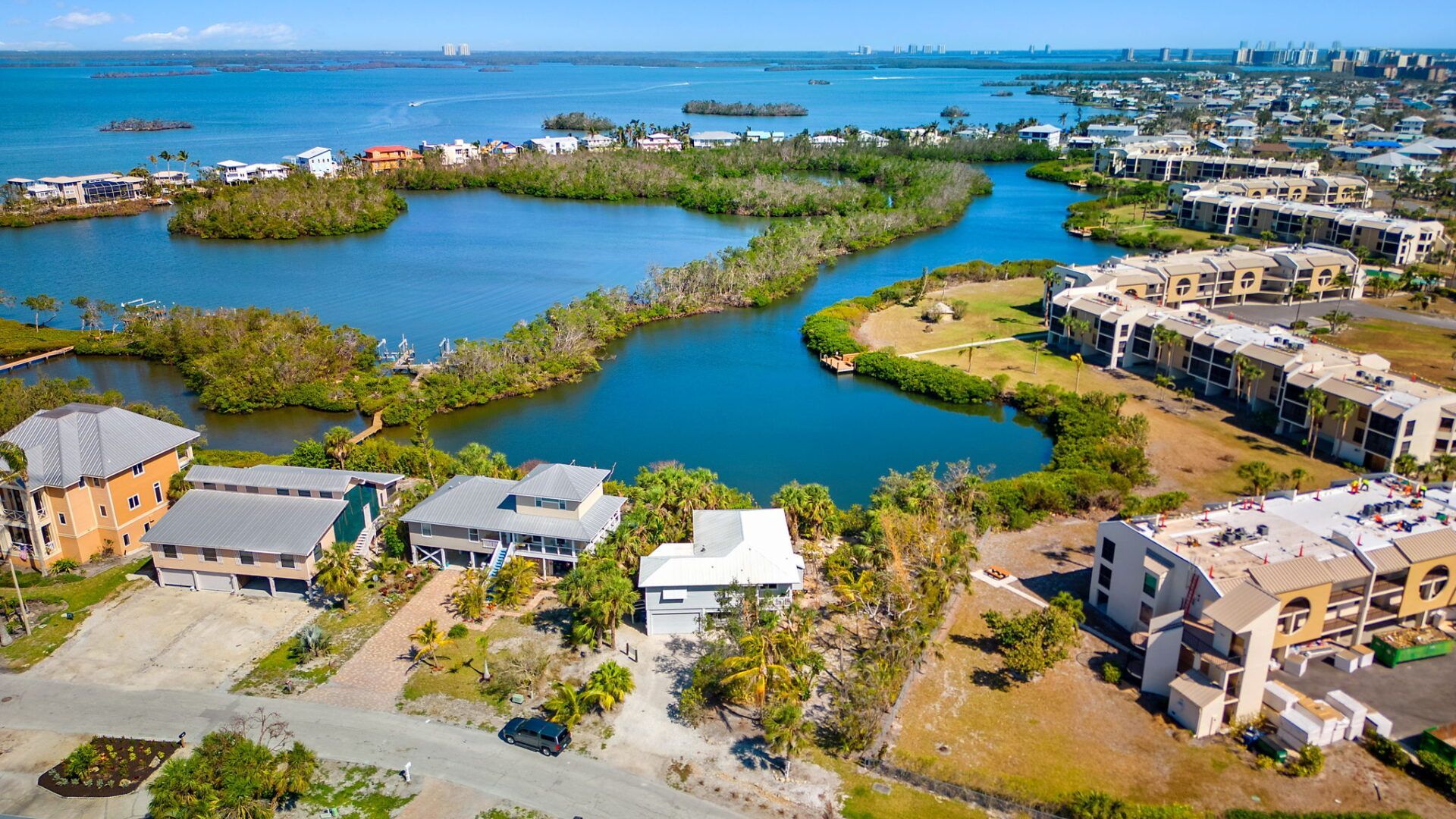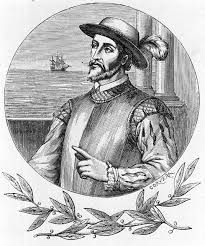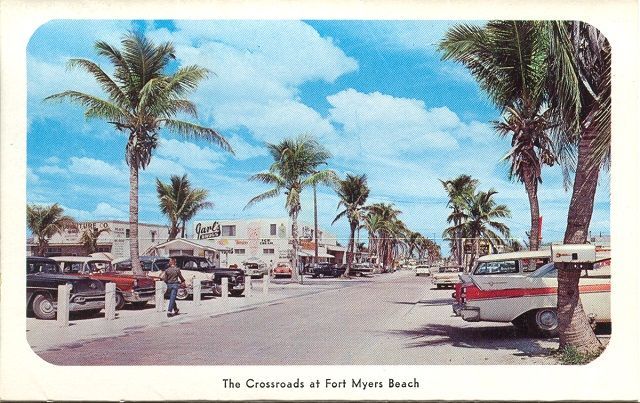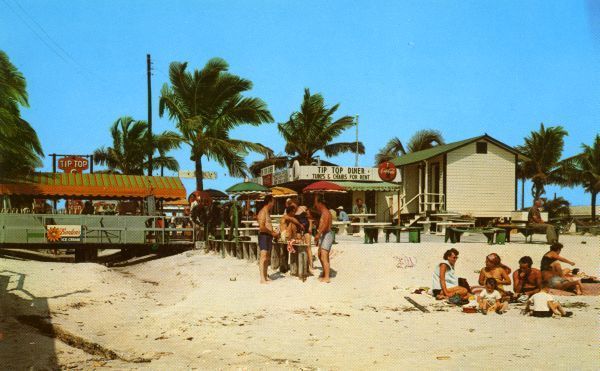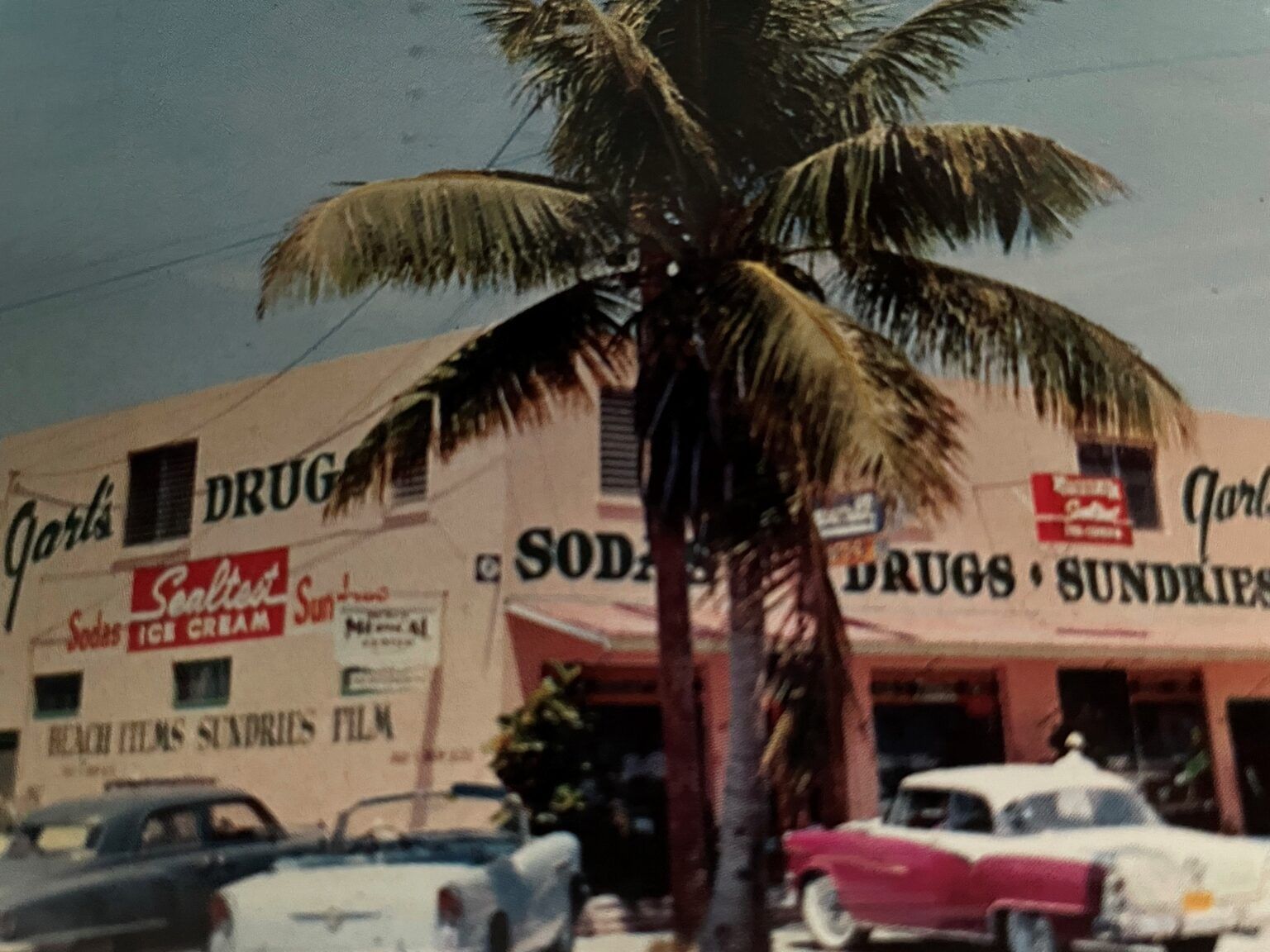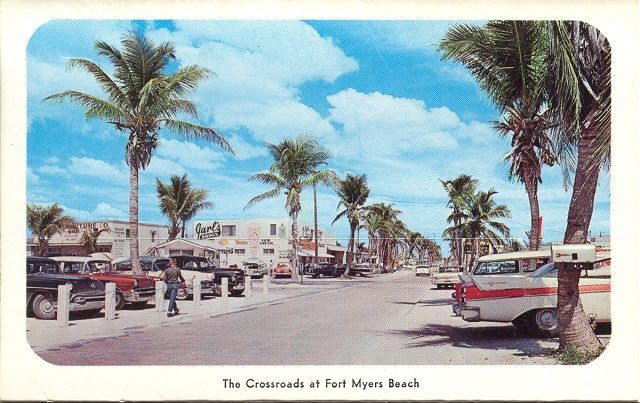The Changing Times…..Times Square Through the Decades
The Pier and County Park
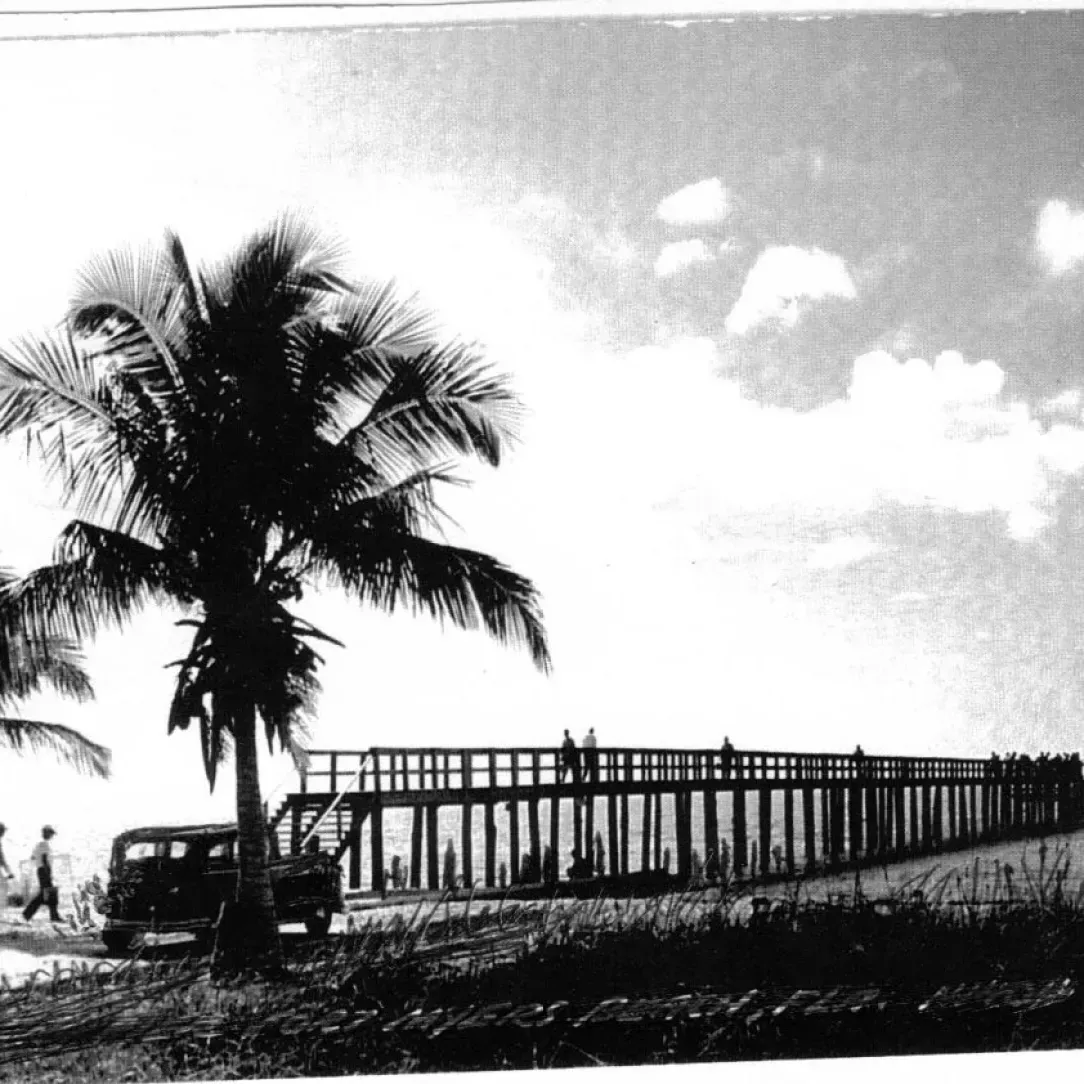
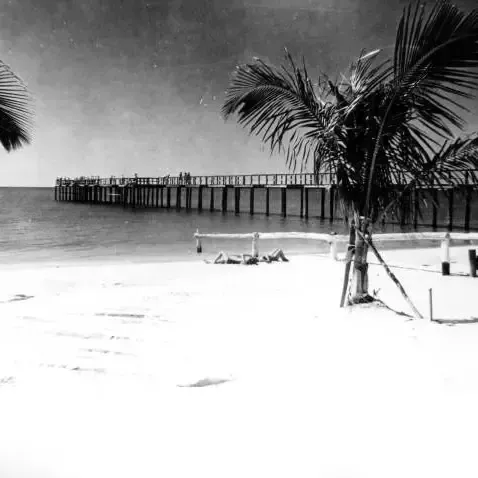

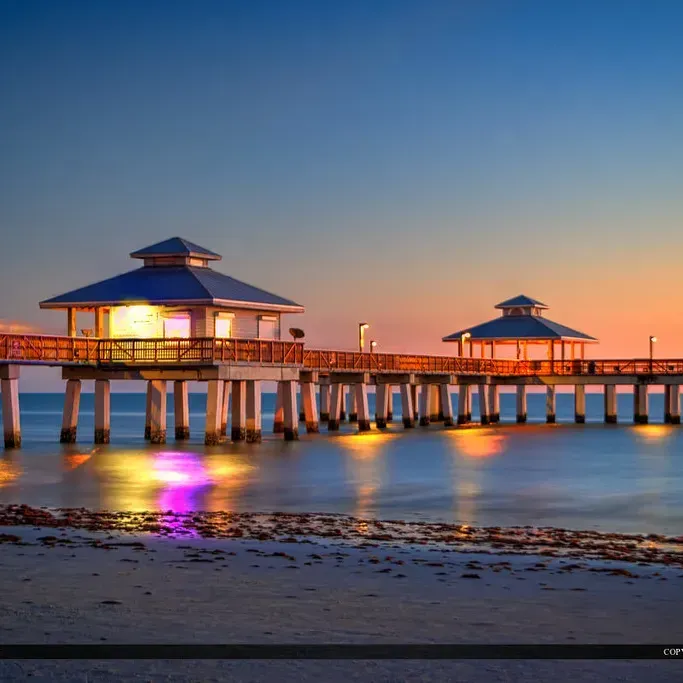
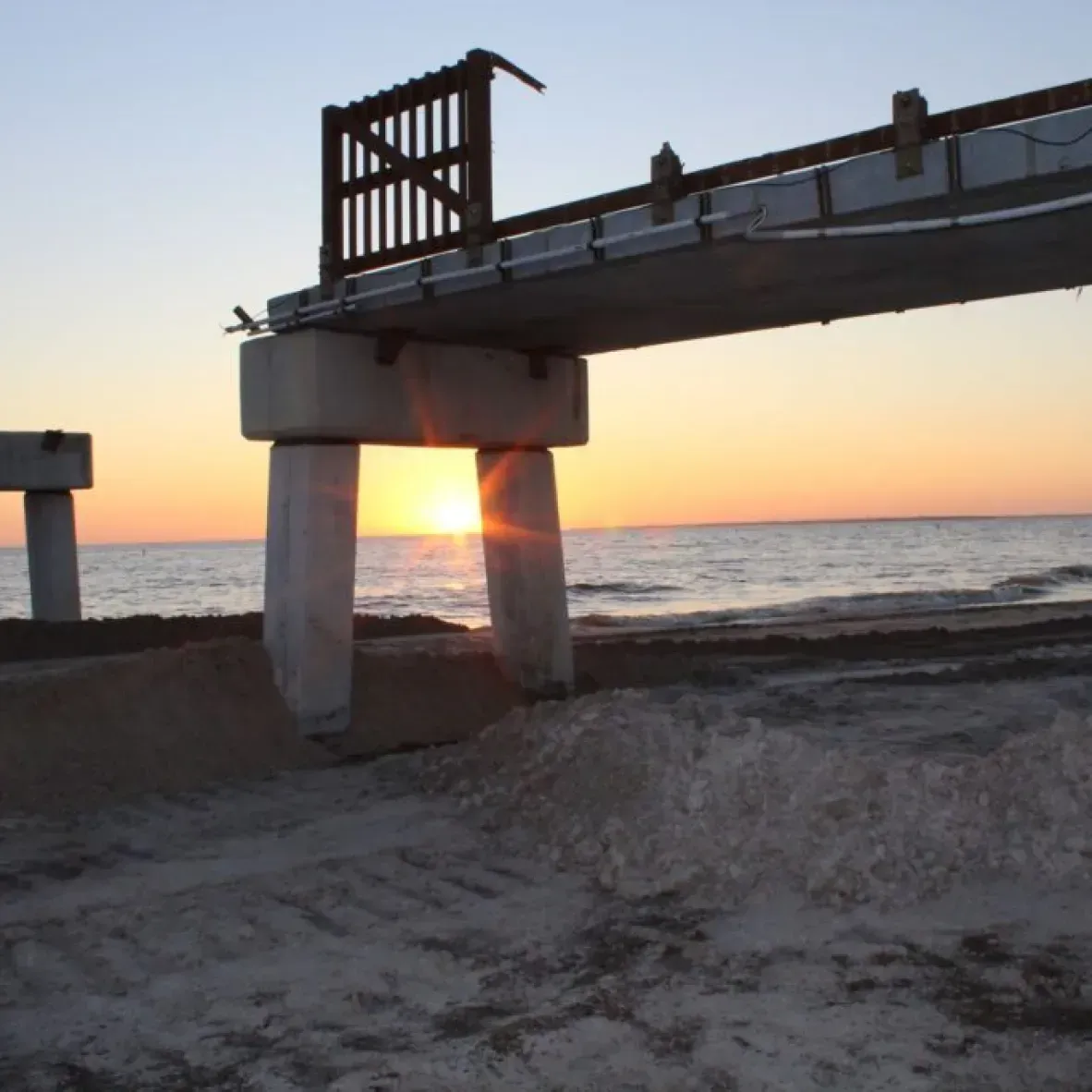
On an island such as ours, it is no surprise that a fishing pier would be a popular place to visit. Back in the 1920s and 1930s, the only pier on FMB was located at the Winkler Hotel (Beach Hotel) at the end of Pompano Street (across from the library). The first picture above shows the Winkler pier that was destroyed in the 1944 hurricane. The pilings from the pier are still visible today.
After 1944, the county built a new pier at the end of San Carlos Blvd (the future site of Times Square). When the 1921 bridge was constructed, a concrete road was built from the foot of the bridge to the beach where the road ended. From there, cars would drive on the beach to reach their destination. In the 1950s, the county purchased the land north of the pier for $16,000. This eventually became Lynn Hall Park. A children’s playground, more facilities, and some shelters were added to the park as more and more businesses began to pop up along Old San Carlos Blvd. The County Park in the 1950s was a popular place to be for fun in the sun.
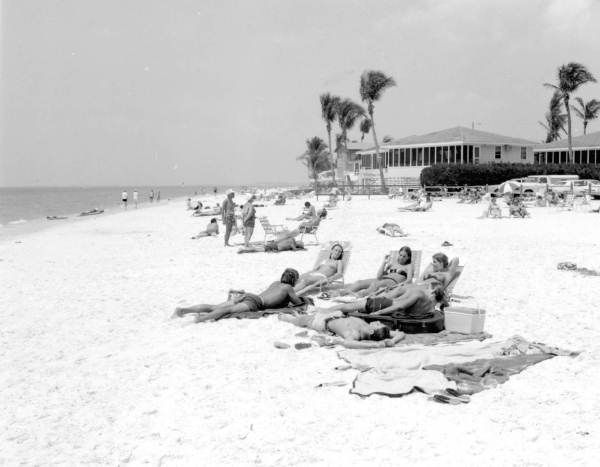
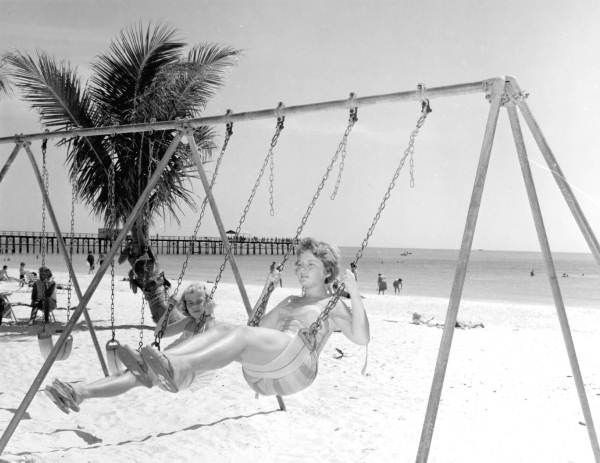
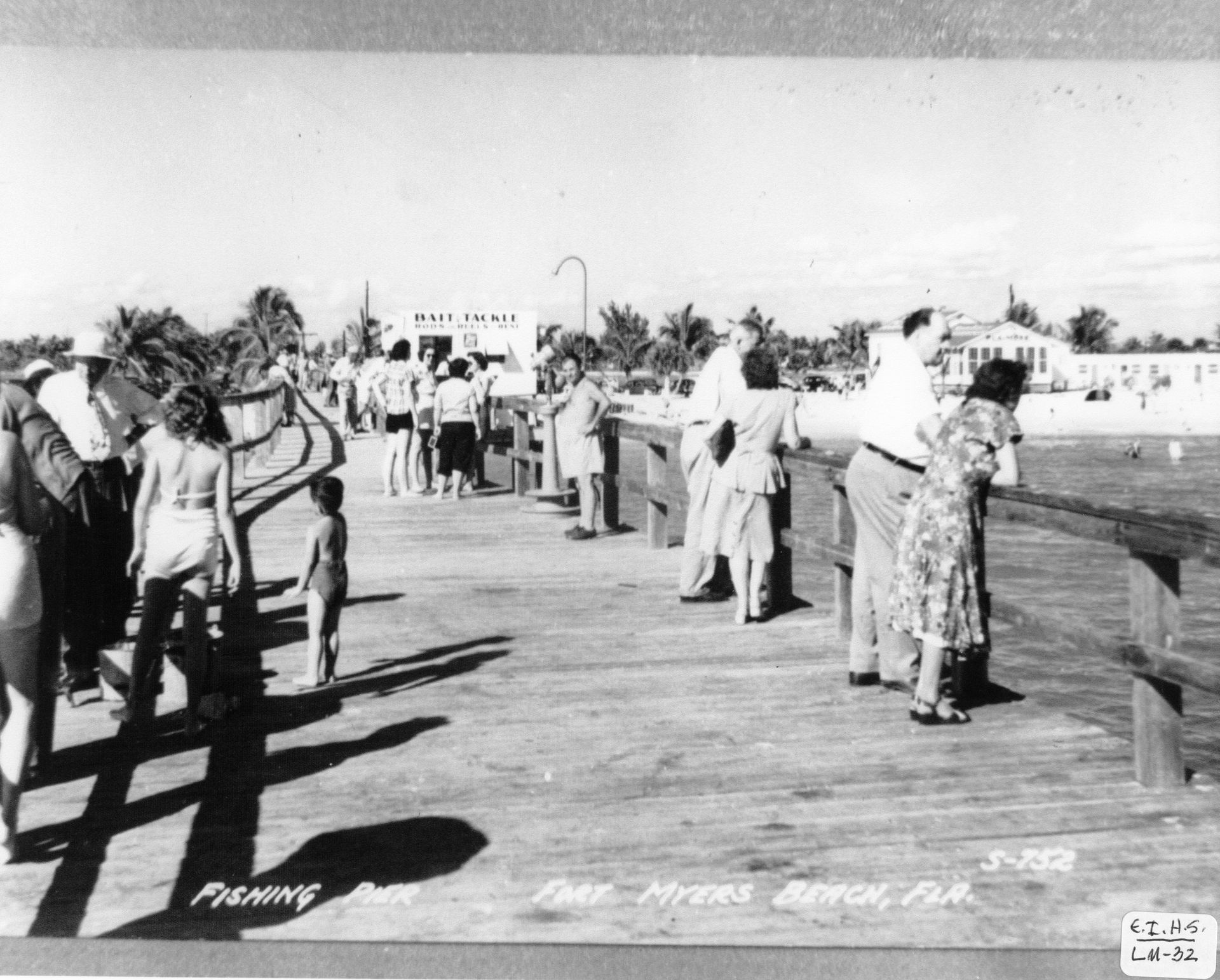
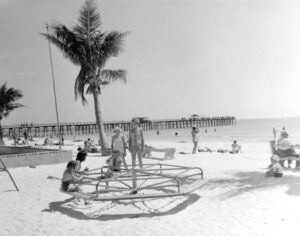
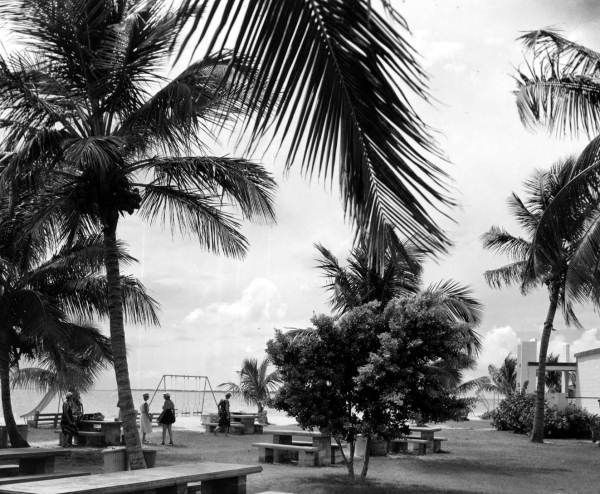
The Business District
Obviously, all of the people who were hanging out at the park and fishing on the pier would need to purchase food, beach items, and souvenirs. It was only natural that this area became the business district during the 50s, 60s, and 70s.
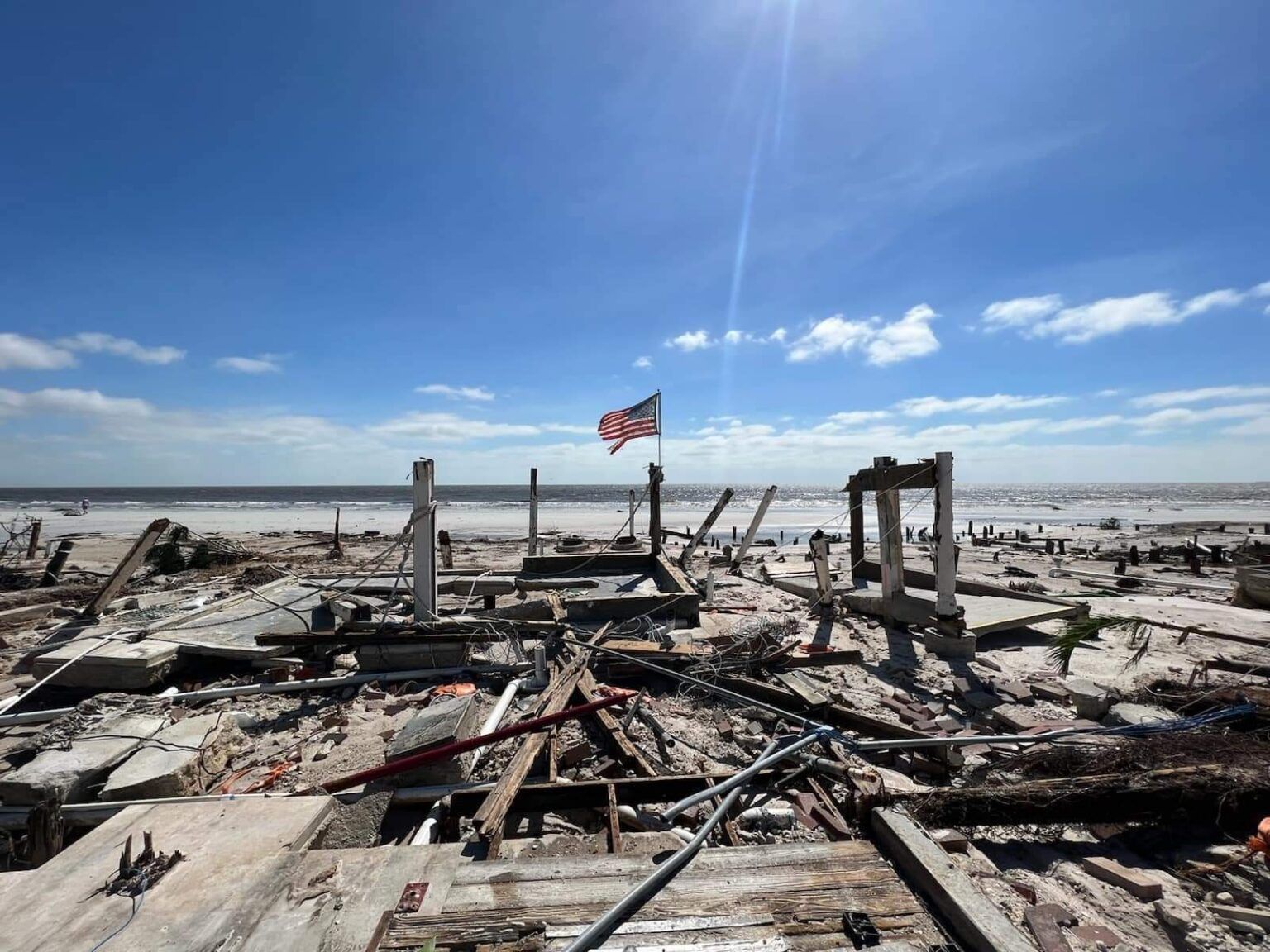
The Tip Top Café (later called Breezy Freeze) was a popular hangout for the beach youth in the 50s and 60s. Located where the Dairy Queen once stood. The Tip Top sold sandwiches, hot dogs, hamburgers, and all kinds of ice cream.
Besides the Tip Top, other restaurants were operating in Times Square including the Shrimp Box, a popular take out restaurant that specialized in fried shrimp and fish fresh from the owner’s shrimp boats. This was our Friday night dinner for many years.
Garl’s Drug store was built in the early 1950s where Mango Bay is located today. Garl’s sold everything from prescription drugs to beach chairs and bathing suits. My very first job in high school was working the lunch counter at Garl’s. My best friend, Kathy Cantlon, and I worked as soda jerks Monday through Friday from 4 to 7 and from 9 to 5 on weekends. After a short time training under Betty Sanders, we were totally in charge of cooking and serving everything from hot fudge sundaes to bacon and eggs to fried chicken and steak. We got to know the regulars and had fun earning a dollar an hour.
Motels
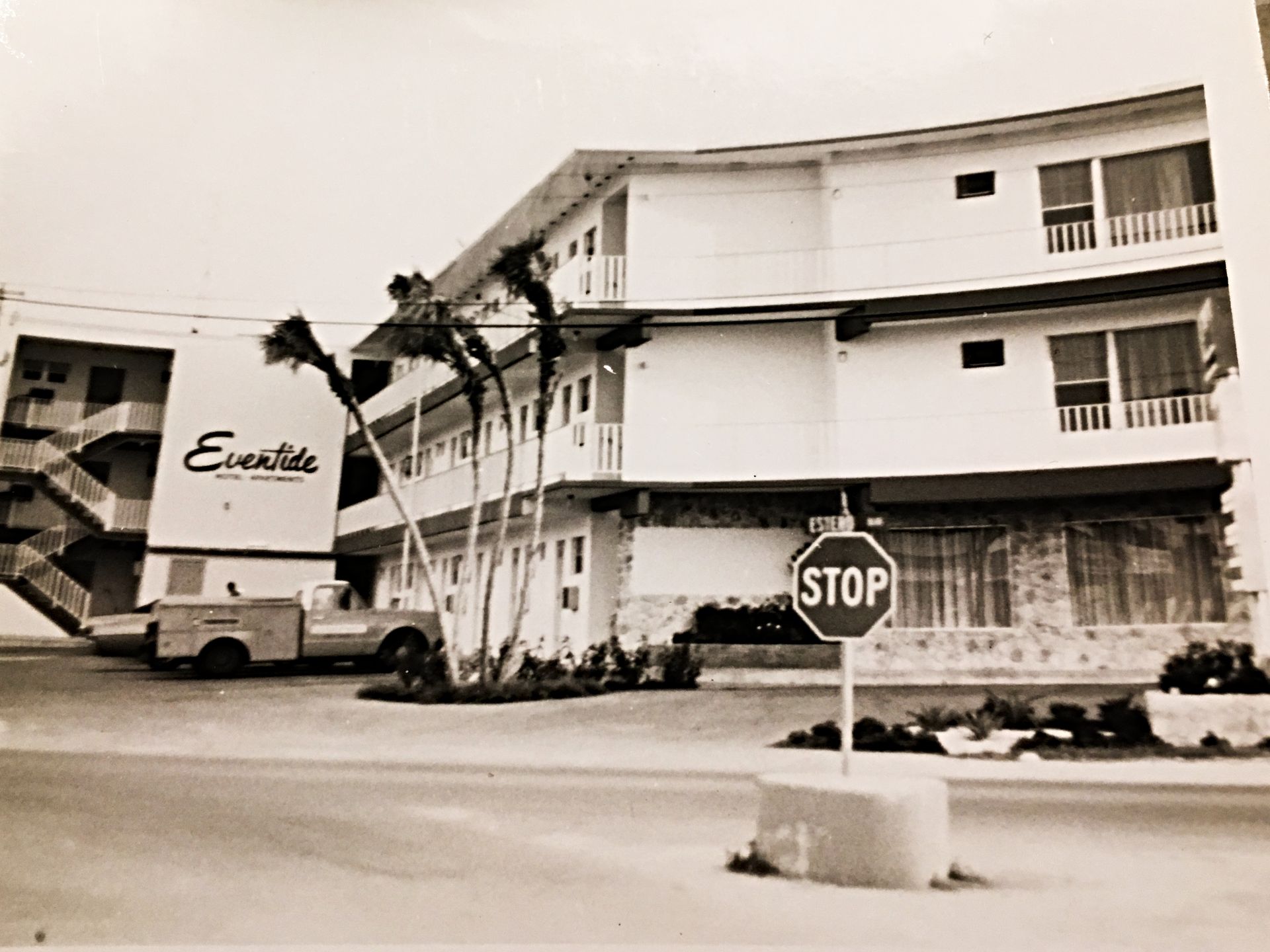
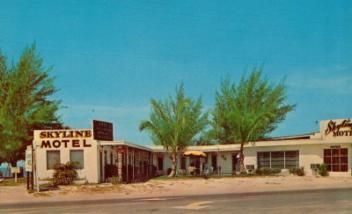
The first “modern” motels on the island were located in Times Square. The Island Motel was located on San Carlos Blvd across from Winds.
Old San Carlos Blvd
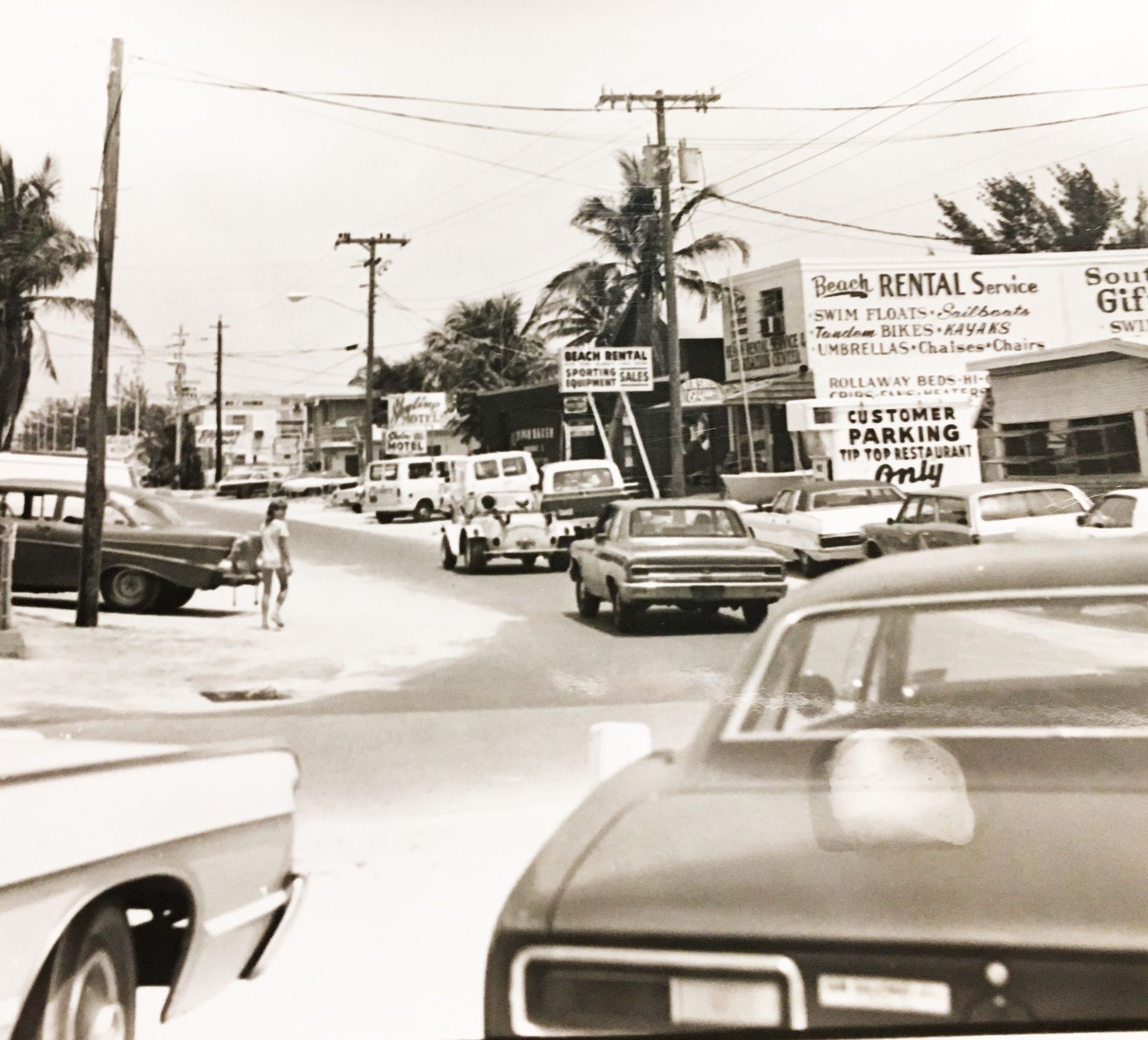
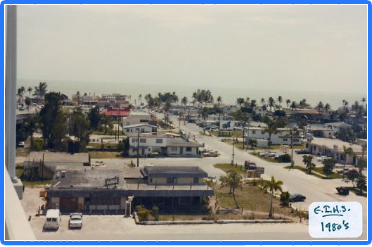
San Carlos Blvd continued to the pier where the road turned into Estero Blvd. You can see the businesses that were around Times Square in the 60s and 70s. The second picture shows what San Carlos looked like in the 80s. Many different businesses that lined San Carlos catered to the local residents rather than the tourists.
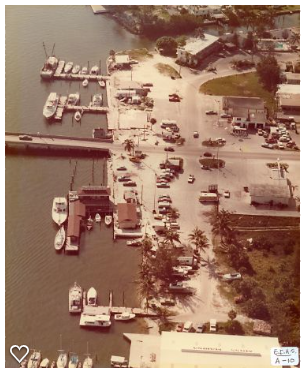

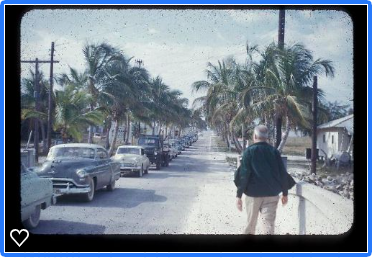

Sometime in the 70s the traffic pattern changed allowing some traffic to flow directly onto Estero without going all the way to the pier. It was no longer necessary to drive through the Times Square area to get onto Estero. This helped a bit but did little to fix the traffic issues. The pier was condemned and closed to the public in 1975 until it was replaced as a prestressed concrete structure. The ramp entrance, souvenir bait house, and the “T” extension at the end, with benches and shade roof, were eventually replaced with the long lasting recycled “new wood”.
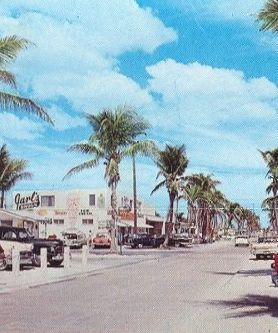
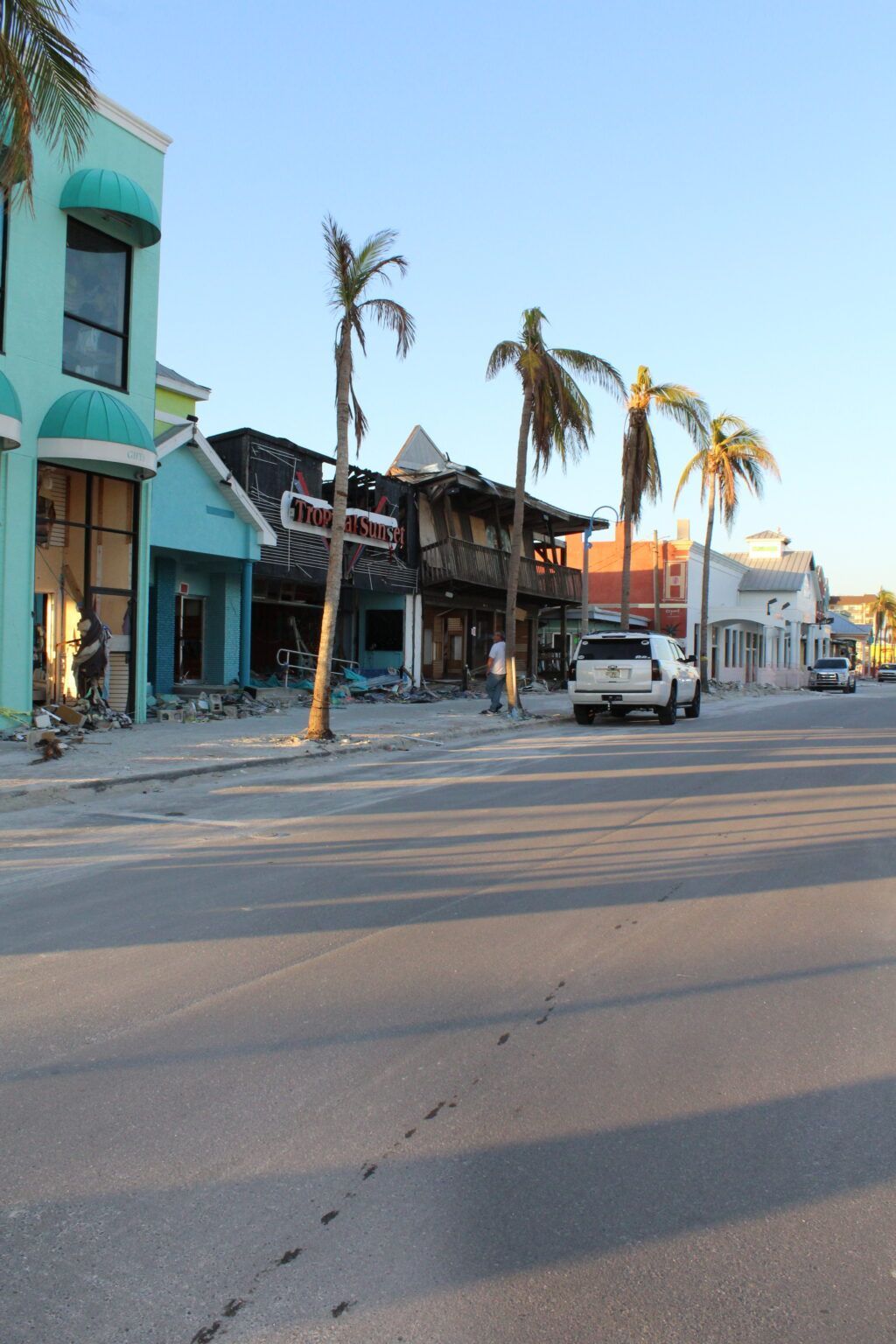
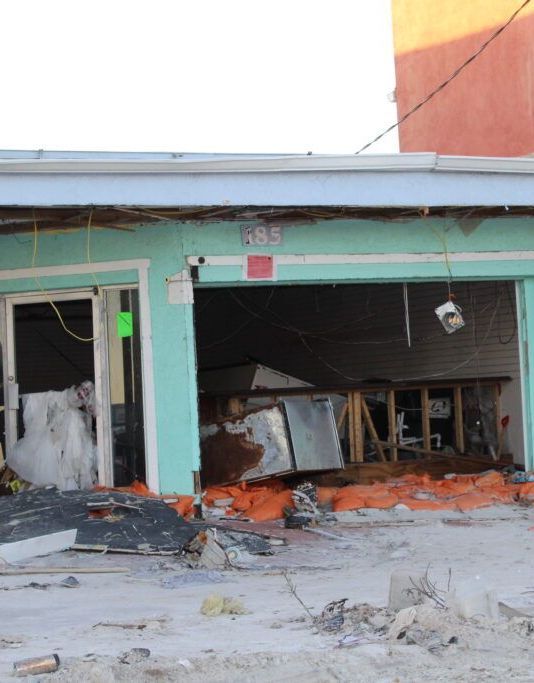
The first photo here shows what San Carlos Blvd looked like back in the day. This area did not become a pedestrian walkway until the late 1980s when the Streetscape project was born. Next to Garl’s Drug was the Islander Store, a doctor’s office, a barber shop, and a beauty salon. The Calypso Lounge was a popular bar located where Winds is today. This later became Nick’s Liquors and then Winds.
Leaving Times Square
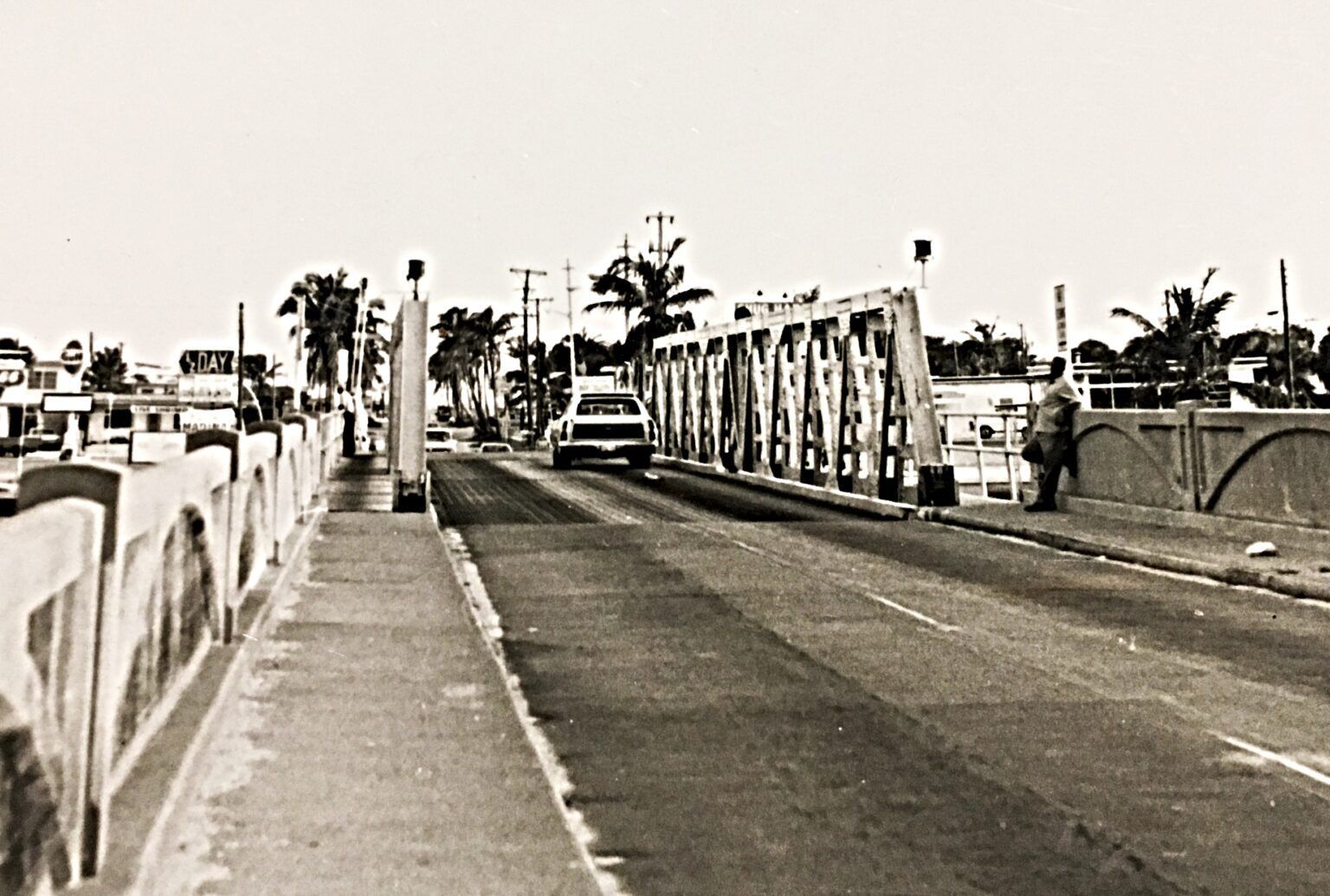
The swing bridge was the only way off island until the Big Carlos Bridge was built in the mid 60s.
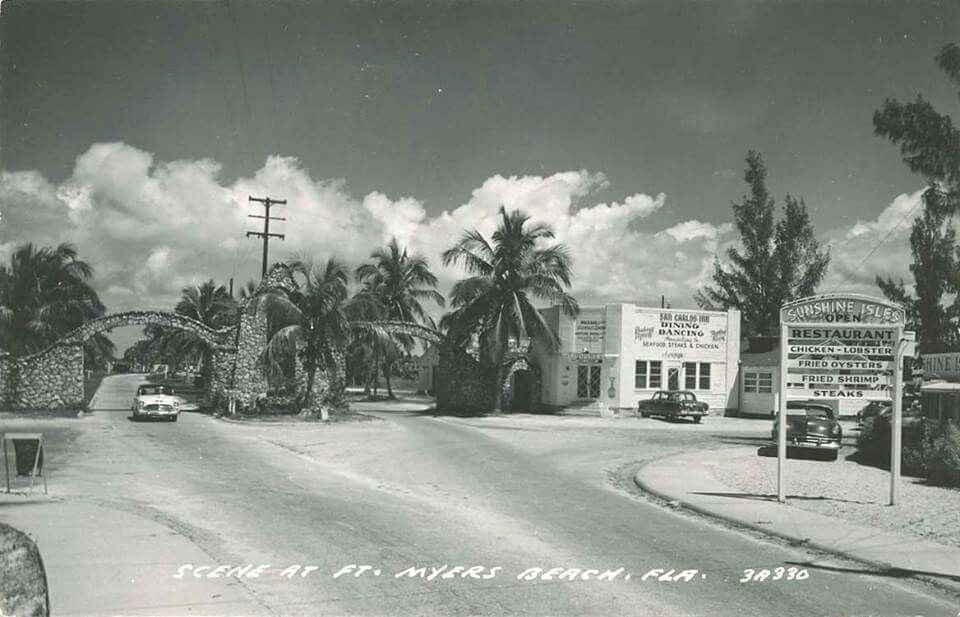
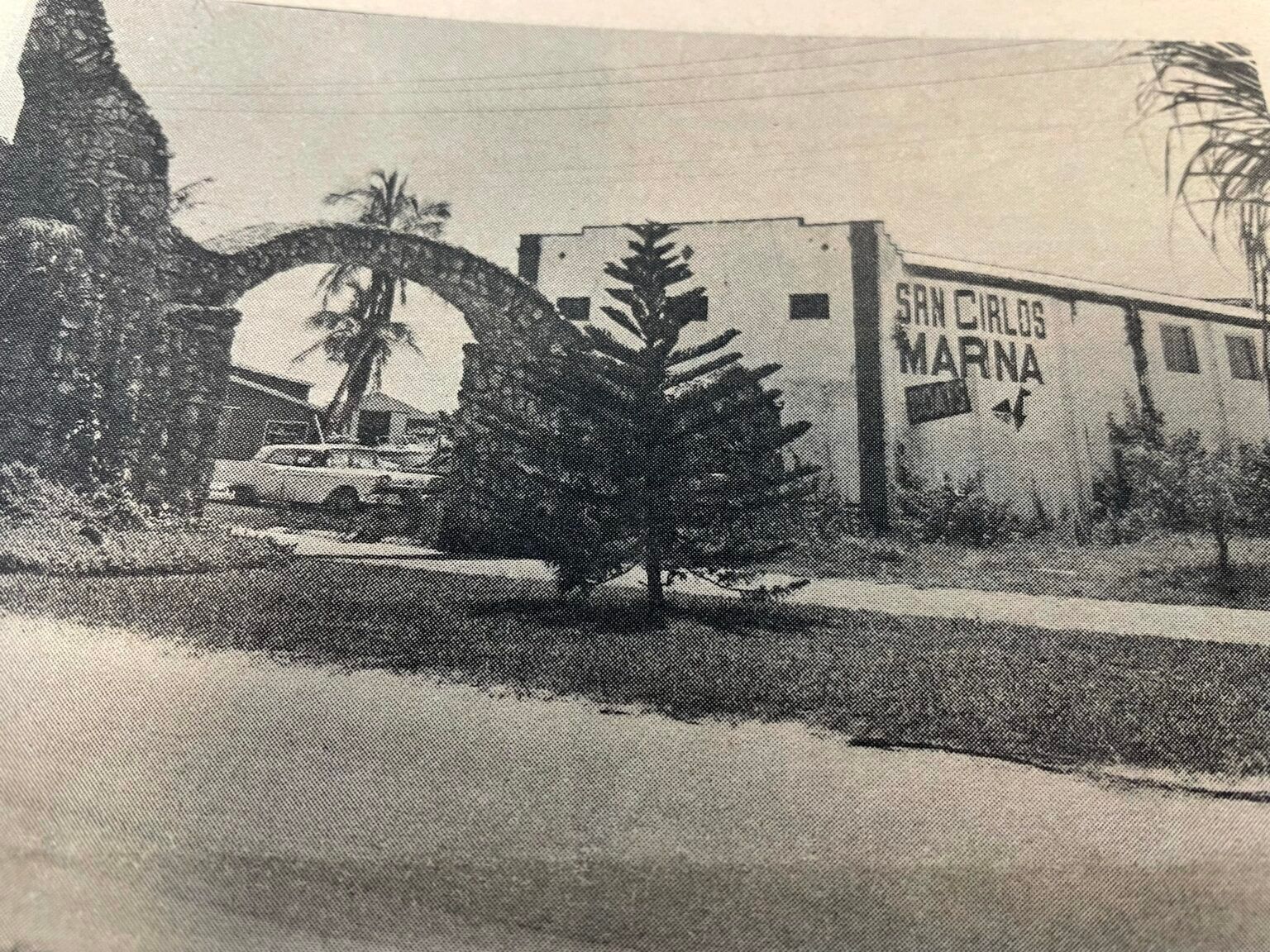
Times Square Makeover
Today’s “Times Square” was born when the previous “drive through” at the business district roadway at the foot of the bridge was closed and resurfaced. A vibrant pedestrian plaza was added in the late 1980’s with restaurants and additional shops gave the area a new life. The walking district attracted street performers with a new energized focus on outdoor living. In addition, the old San Carlos streetscaping picked up the beat to the hub of beach life at this popular pier and Times Square setting.
The walking district attracted street performers with a new energized focus on outdoor living. In addition, the old San Carlos streetscaping picked up the beat to the hub of beach life at this popular pier and Times Square setting.
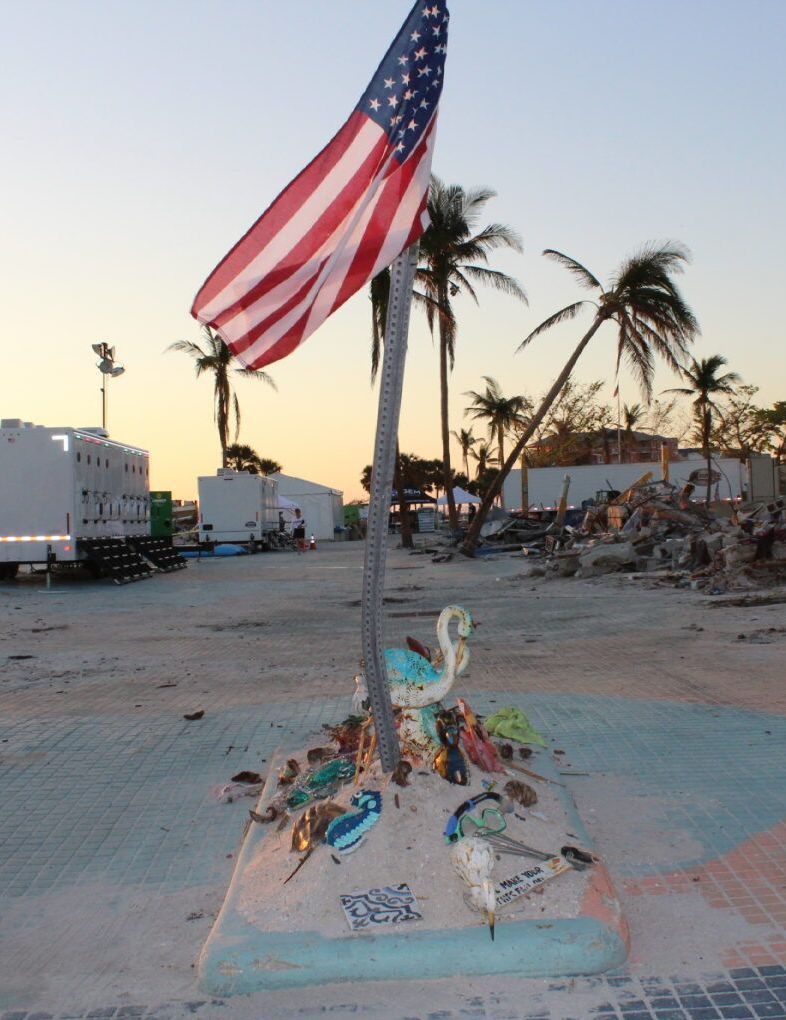
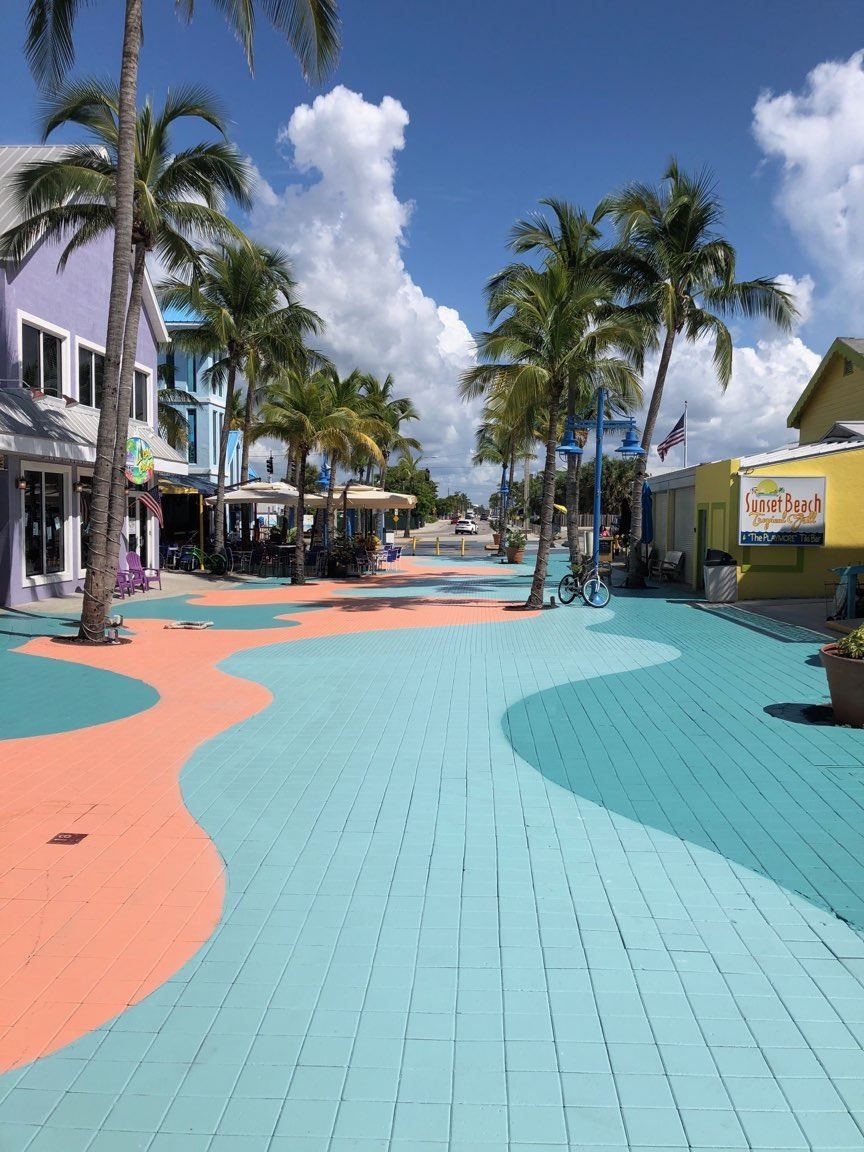
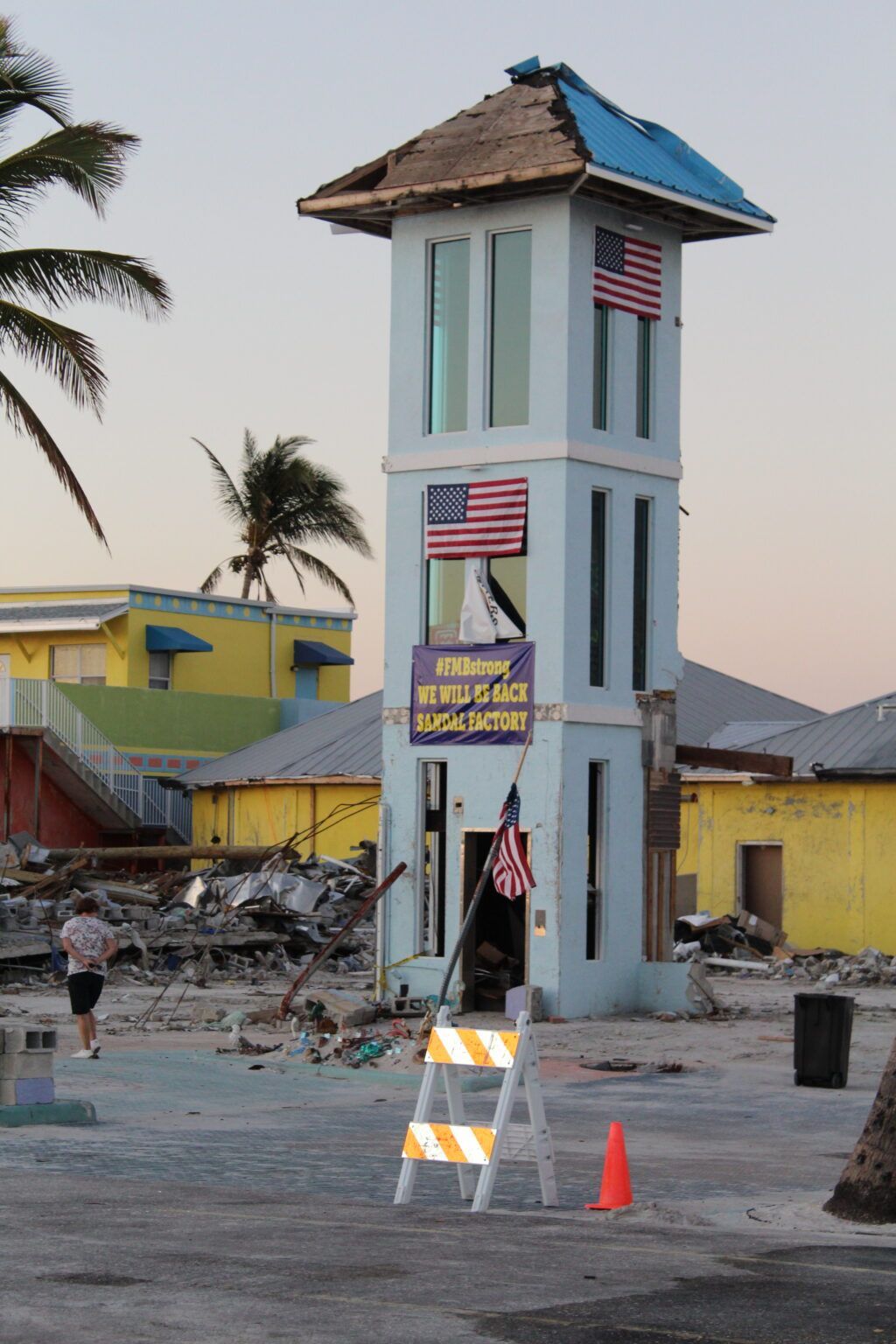
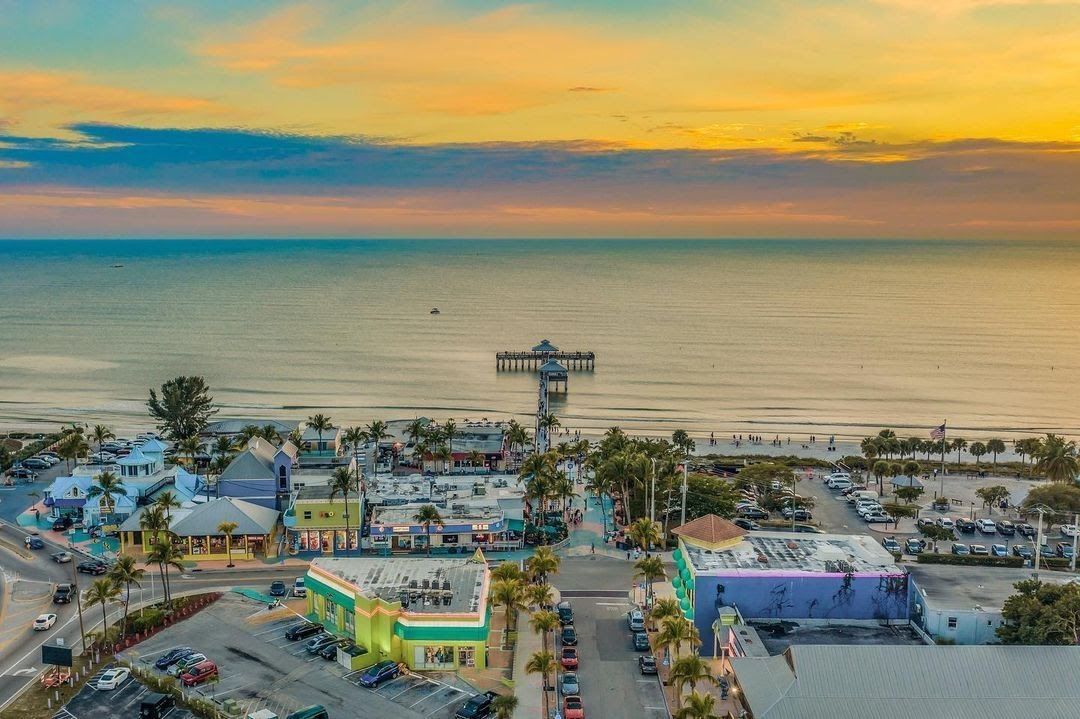
Times Square before and after Ian
I walked around Times Square for the first time yesterday. Much work has been done since Ian first came to visit. The streets are cleared of debris. People were enjoying drinks and eating at the two restaurants that are now open (Yucatan and Wahoo Wilies). Life is slowly returning to this area. It will take time and patience as we move forward to reimagine what we want this area to look like in the future. As I sat and watched a beautiful sunset, I realized that the greatest asset we have on this island is still standing strong. The beautiful sunsets will not be dimmed by any storm.
